Caribbean fruits are special types of fruits that grow in the Caribbean region, a group of islands between the Caribbean Sea and the North Atlantic Ocean. This area has a warm climate all year round, perfect for growing various fruits.
These fruits are known for their unique tastes, bright colors, and the different ways they can be used in food and drinks. Many of them are used in cooking, making juices, and even in traditional medicines.
Caribbean fruits are an important part of the local culture and diet, adding delicious flavors and nutrition to the people’s meals. Some of these fruits are more exotic and might not be found easily in other parts of the world.
Check out some of the ways these fruits are used in the Caribbean along with the dishes and beverages made with them. Then, find out the vegetables and the reasons that make these fruits in the Caribbean popular around the world.
23 Popular Caribbean Fruits with Filters
Presented below are 23 well-known fruits in Caribbean. You can use the filter feature to effortlessly categorize them into native, non-native, national, and even exotic fruits. This tool also allows you to discover which fruits are commonly used in dishes, beverages, and as decorative garnishes.
Mango
- For Beverages
- For Dishes
- Non-Native
Mango is a fruit favorite in the Caribbean that adapts well to the tropical climate, although it originated in India. The region has lots of mango types, with Nevis Island alone having 44 different kinds.
Mangoes are important in Caribbean culture, often eaten fresh or used in dishes like curried mango and mango chow. Ideally, the best time for mangoes is in the summer, from June to August, when it’s also the rainy season there.
Coconut
- For Beverages
- For Dishes
- For Garnish
- Native
Coconut is a tropical fruit in the Caribbean, which is essential for providing sweet water and cooking ingredients. The coconut meat has a creamy flavor along with cool water.
Coconut milk, a product made from squeezing shredded coconut meat, is crucial to making many stew recipes in the region. Depending on the varieties, coconuts have various colors, with green and brown being the most popular.
Commonly, young coconut is a great choice for getting water, while the crunchy meat texture is easily found in old coconut.
Pineapple
- For Beverages
- For Dishes
- For Garnish
- Non-Native
Pineapple is a tropical plant cultivated in the Caribbean and is known for its edible fruit. It grows with a short stem and tough leaves, producing spiky fruits with sweet, juicy, yellow insides.
These fruits are actually many berries joined around a core. Pineapples are a big part of Caribbean food, used in dishes like salsa and grilled pineapple.
Plantain
- For Dishes
- Fruit Vegetables
- Non-Native
Plantain is like a banana but tougher and full of starch in the Caribbean. It has a firm texture with a green or light yellow but a sweeter taste when it turns yellow and black.
Ideally, plantains need to be cooked, boiled, baked, or roasted. People in the Caribbean, Africa, and South America love to enjoy them as fries.
The not-ripe ones are great for dishes like tostones and tajadas. Green plantains are used in hearty soups, stews, and curries, while the black ones are perfect for desserts like banana bread and pudding.
Avocado
- For Dishes
- For Garnish
- Native
Avocado is a cherished fruit from the Caribbean, Mexico, and Central America. Known for its oval shape, the fruit has a green or yellowish inner, possessing a soft, creamy texture when ripe.
One of the most iconic features of avocado is its large round pit, playing little value and is often removed. In Jamaica, avocado is often eaten with bread, like hard dough bread.
It’s also put in vegetable salads, served beside other food, or blended into cool drinks. In the Caribbean, avocados are sometimes called “pear” because of their shape.
Papaya
- For Beverages
- For Dishes
- Native
Papaya is a soft-textured fruit and a mild flavor akin to a ripe melon in the Caribbean. Additionally, papaya also comes in different varieties that can be used in numerous dishes.
When young, these fruits are crunchy, often cut into thin slices or shredded into strips to turn them into a delicious salad. As for ripe papayas, they are much softer and have orange-colored meat, boasting a sweet profile.
This fruit also houses papain, a natural meat tenderizer protease used as a culinary secret from indigenous Americans, Caribbean folks, and Filipinos.
Guava
- Exotic
- For Beverages
- For Dishes
- Native
Guava is a popular fruit that comes from the Caribbean, Mexico, and South Central America. It has different types, differing by the inner content of white or bright pink, all wrapped in dark green skin.
It tastes sweet and a bit tangy, often cut in half and eaten with a spoon. Guava is tasty by itself or incorporated into sweet desserts, thick syrup, jam, juice, or jelly.
Passionfruit
- Exotic
- For Beverages
- For Garnish
- Native
Passionfruit is a small and round fruit in the Caribbean that comes in yellow or purple. Once cracked open, the fruit contains a vibrant pulp brimming with tiny black seeds with a balanced sweet and sour taste.
You can mix this pulp into drinks, blend it into smoothies, or whisk it into desserts like cakes and mousses. In the Dominican Republic, people savor passionfruit raw, perhaps with a sprinkle of sugar, or transform it into juice and fruit preserves.
Soursop
- For Beverages
- For Dishes
- Native
Soursop is from the Caribbean and Central America and has a somewhat prickly outer peel. The fruit is relatively large, boasting a green exterior and white, sweet pulps covering black hardy seeds.
The flesh possesses strawberry and pineapple flavors along with a smooth, creamy texture. Best enjoyed as juice, folks in Grenada also use it to whip up beverages, ice creams, and desserts.
Tamarind
- For Beverages
- For Dishes
- Native
Tamarind is a sour fruit used in many culinary creations in the Caribbean. Sometimes called tamón, it has a brown shell with a soft, sticky inside that tastes both sweet and sour.
You can find tamarind as concentrates, dried pods, purées, or syrups. Young tamarind is used in cooking savory dishes, while sweet things like snacks, drinks, and desserts make use of ripe ones.
In the Caribbean and Mexico, it’s mixed with water and sugar to make a refreshing drink called agua fresca.
Carambola
- Exotic
- For Beverages
- For Garnish
- Non-Native
Carambola, also known as star fruit, is from the wood sorrel family and is loved in the Caribbean, Southeast Asia, the South Pacific, and Latin America. It’s named for its unique star shape when diagonally.
The skin is thin and ranges from green or yellow to orange, with its flesh having a crisp, juicy, and taste. You can eat it fresh or use it in juices, jams, pies, and sweets.
Star fruit is great for decorating desserts, too, or for adding a touch of sourness to salad.
Prickly Pear
- Exotic
- For Beverages
- For Dishes
- Native
Prickly pear fruit is small and shaped like a lightbulb in the Caribbean area. It perches atop nopals, the stems of the prickly pear cactus that mainly appear in the Caribbean islands in the West Indies.
The unique fruit offers a burst of flavors like a combination of watermelon, citrus, or strawberry. Aside from eating plain after peeling, people even turn prickly pear into a host of sweet forms like liqueur, syrup, jellies, and candy.
Cocoplum
- Exotic
- For Dishes
- Native
Cocoplum is a plant that appears both on the coast and inland sides of the Caribbean. The plant blooms small, shiny white flowers and grows edible round fruits.
These fruits have light skin, white inside, and one big seed. Usually, the taste ranges from almost no flavor to a light, sweet, with locals using them for making jam and jellies.
Cherimoya
- Exotic
- For Dishes
- Non-Native
Cherimoya, also known as Annona cherimola, is the Caribbean soft and sweet fruit of custard apple. The oval-shaped skin starts with a firm green and turns brown as it ripens.
Inside, the creamy white flesh offers an exotic tropical flavor similar to a combination of pineapple, papaya, peaches, and banana with a hint of strawberry. However, its black seeds are hardy and should be removed.
Often, locals consume cherimoya as it is or turn it into a cold ice cream dessert.
Pomegranate
- Exotic
- For Beverages
- Non-Native
Pomegranate is a Caribbean fruit cultivated in the warm and dry weather. The fruit is now a big part of the Caribbean’s farming.
This fruit is big, with tough skin that’s yellow-brown to red and filled with tiny, juicy seeds. People in the Caribbean enjoy the seeds fresh or use the juice to make flavors, liqueurs, and sweet syrup for cooking.
Plum
- Exotic
- For Dishes
- Native
Plum is a special fruit in the Caribbean, known as the June plum or golden apple. The fruit comes in an oval shape of about 6–9 cm in diameter and grows together in groups.
They turn into a bright golden-yellow or purple when ripened. Plums feature a big, fibrous seed, but the outside is crunchy and has a slightly sour taste.
People enjoy fresh plums, make them into jams, or cook them in sauces and dishes. Plums are a favorite in many Caribbean islands like Jamaica, Cuba, Haiti, and Puerto Rico.
Mamey Sapote
- Exotic
- For Dishes
- Native
Mamey sapote is a fruit related to sapodilla, coming from the Caribbean, South America, and Florida. Its appearance is a bit like an oval shape with rough, thin skin.
The best part is its flesh of pink-orange color boasting a grainy texture and a creamy texture. When it’s ripe, mamey sapote tastes really sweet, like a combo of sweet potatoes with maple syrup.
You can enjoy mamey sapote by itself or add it to ice cream, shakes, and sweets like flan and mousse.
Grapefruit
- For Beverages
- For Garnish
- Non-Native
Grapefruit, in the Caribbean, is a hybrid of sweet oranges and pomelos. The fruit features a rainbow of flesh colors, from yellow to pink, along with a tender pulp texture.
Its flavor profile ranges between acidic sour and sweet-tart. Folks in Haiti even turn grapefruit into jam, though the primary use is to savor its refreshing, tangy juice.
Ackee
- For Dishes
- Fruit Vegetables
- National
- Native
Ackee is a unique fruit in the Caribbean region, and it is even considered the national produce of Jamaica. Interestingly, the fruit is used like a vegetable, thanks to its bright red skin and soft, yellowish cream insides with big black seeds.
The fruit is a bit nutty and creamy with cooked ackee being similar to scrambled eggs. It’s also good in quiches, dips, and sautéed with onions, tomatoes, and chiles.
Jackfruit
- Exotic
- For Dishes
- Non-Native
Jackfruit is a big fruit from the Caribbean, now popular in East Asia and West Africa. It tastes sweet, like a mix of mango, pineapple, and banana, but the pod has a meaty texture.
To get to the meat, simply cut it open to yank out the yellow pods and brown seeds. The meat of jackfruit is great for adding to yogurt, oatmeal, or fruit salads.
It’s also fit in curries, soups, and stews as a meat alternative. Plus, you can roast the seeds to enjoy the creamy and nutty profile.
Mammee Apple
- Exotic
- For Dishes
- Native
Mammee apple is a tropical fruit from the Caribbean that’s also found in Central America. The fruit has a soft flesh with a yellow or red color accompanied by a sweet profile.
In Trinidad and Tobago, they mix its grated seeds with rum or coconut oil to treat head lice and chiggers. In Haiti, it’s called zabriko or abricot, with its raw flesh employed in fruit salads or with wine, sugar, or cream.
In the Bahamas, they make it into jam by first soaking it to take away the bitterness. You can also stew mammee apples for a sweet dish.
Breadfruit
- For Dishes
- Fruit Vegetables
- Native
Breadfruit is a highly valued fruit tree in the Caribbean for its mild flavor, similar to that of potatoes or bread. With a slightly nutty taste, the fruit also has a soft texture, all protected under a peel full of tiny green spikes.
In Jamaica, it is often roasted until black on the stove, oven, or wood coal. It can also be used in soups, salads, or fried as a side dish.
Additionally, the seeds of breadfruit are traditionally boiled, peeled, and eaten whole in Puerto Rico.
Genip
- Exotic
- For Beverages
- Native
Genip, also called Spanish lime or mamoncillo, is a small, round fruit from the soapberry family in the Caribbean. The fruit has green skin covering orange, sweet pulp that tastes like lychee and lime together.
In the Caribbean, people love to eat genip fresh, or they make it into juices, fizzy drinks, and even booze. The seed inside can be roasted and eaten, too, offering a taste like cashew nuts.
It’s a favorite in the Caribbean, especially during its season when it’s often sold by street vendors.
List of Countries in the Caribbean with Fruits
How Are Caribbean Fruits Used in Cooking?
Want to know what you can do with these Caribbean fruits? Here are some suggestions that you should know:
Don’t forget to explore the specialties in the Caribbean that make full use of the fruits in the region.
What Are the Caribbean Dishes That Use Fruits?
Get a taste of the Caribbean’s flavor through these fascinating dishes made using a wide range of fruits:
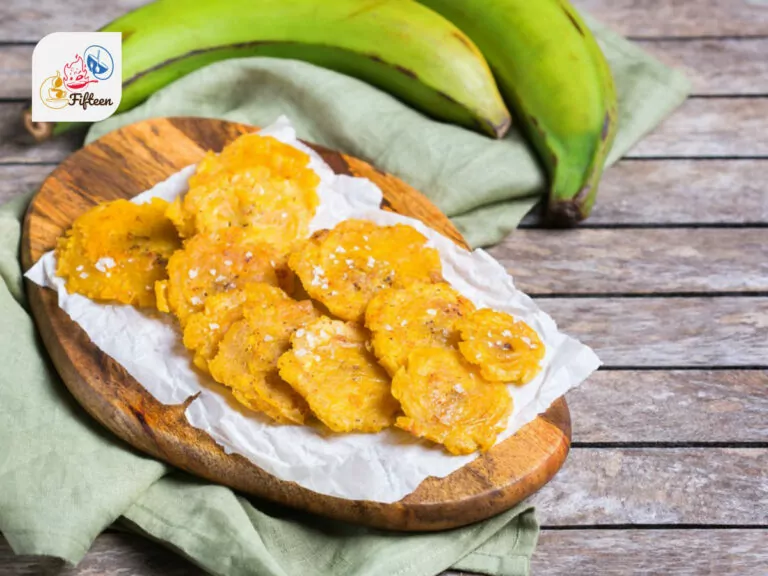
Tostones
Tostones are simply fried, crunchy pieces of plantains, enjoyed as a snack in many countries in the Caribbean. They’re sliced, fried, smashed, then fried until crispy.
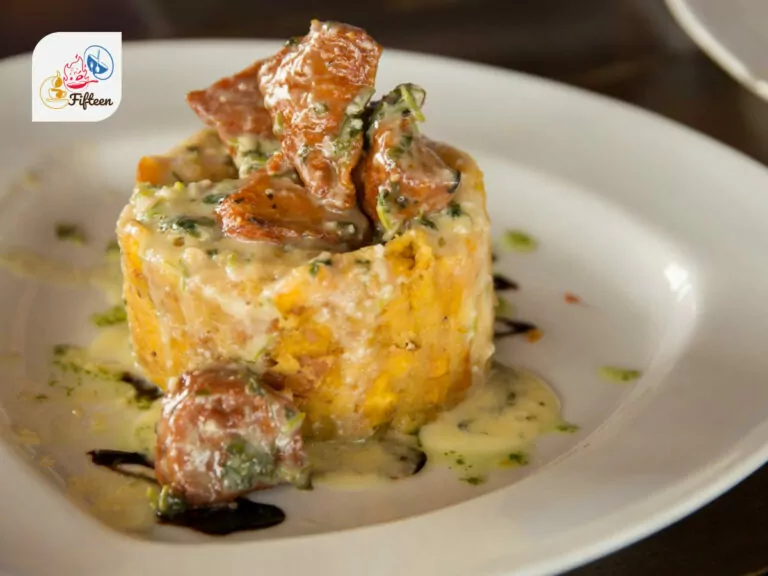
Mofongo
Mofongo is a dish that uses plantains as its main ingredient. The plantains are mashed with garlic and other ingredients to create a flavorful mixture.
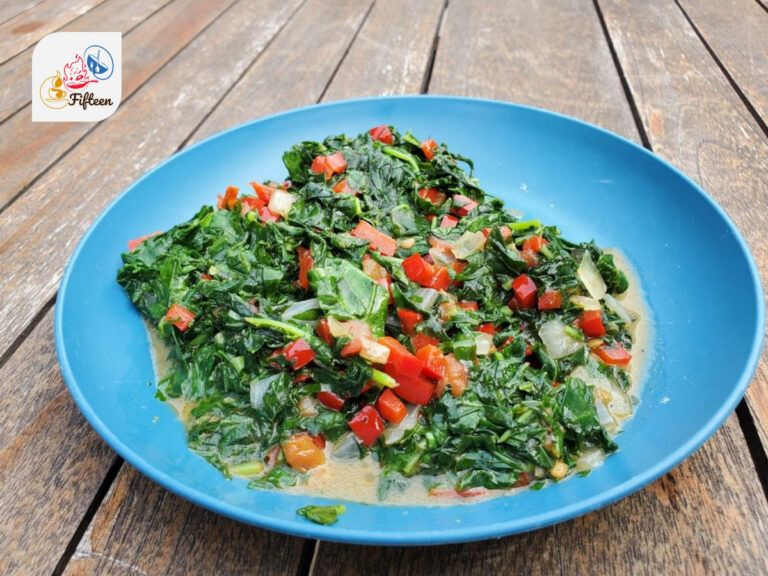
Callaloo
Callaloo is a mixed vegetable dish made with the incorporation of coconut milk for a creamy profile. It’s a leafy green stew cooked with various spices and sometimes seafood or meat.
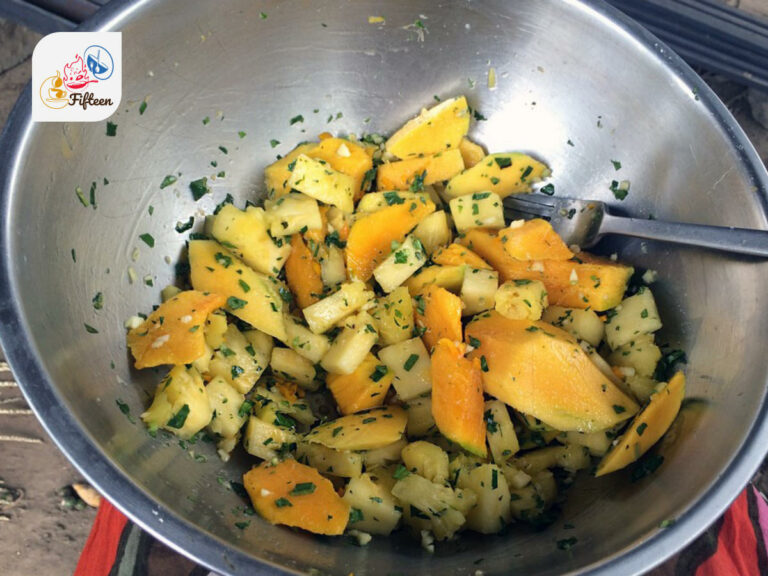
Chow
Chow is a refreshing snack that features mango. It’s seasoned with herbs and spices, offering a sweet and spicy taste.
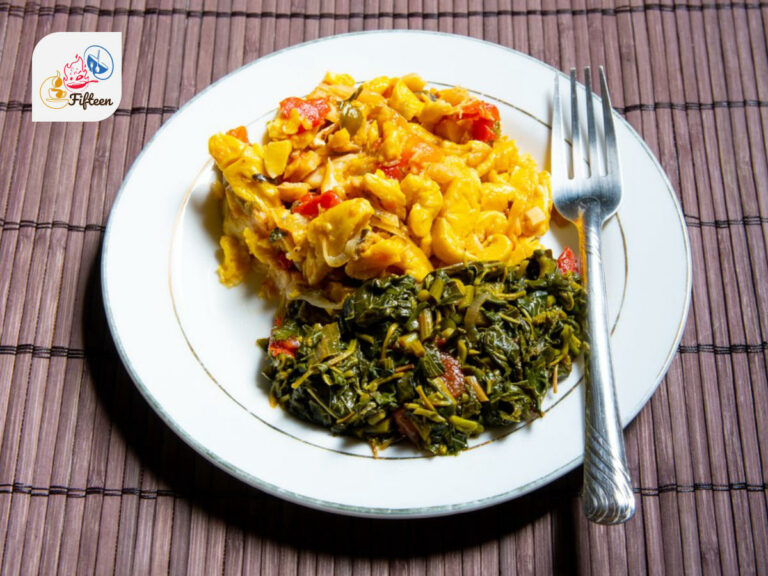
Ackee and Saltfish
Ackee and Saltfish is Jamaica’s national dish, featuring ackee fruit. The ackee is cooked with salted fish, onions, and spices, creating a rich and savory meal.
Just so you know, these culinary creations of the Caribbeans are not the only thing fruits are used for, as beverages are another interesting aspect of making use of these natural produce.
What Caribbean Beverages Include Fruits?
Freshen up your taste buds with these thirst-quenching drink options coming from the Caribbean:
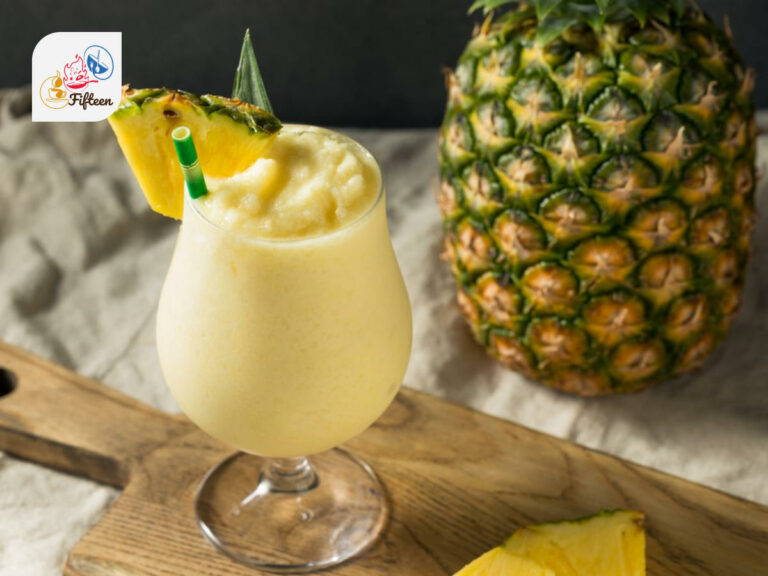
Piña Colada
Piña colada is a creamy and tropical cocktail that combines rum, coconut milk, and pineapple juice. It’s often garnished with a pineapple wedge or cherry, making it the epitome of a tropical drink.
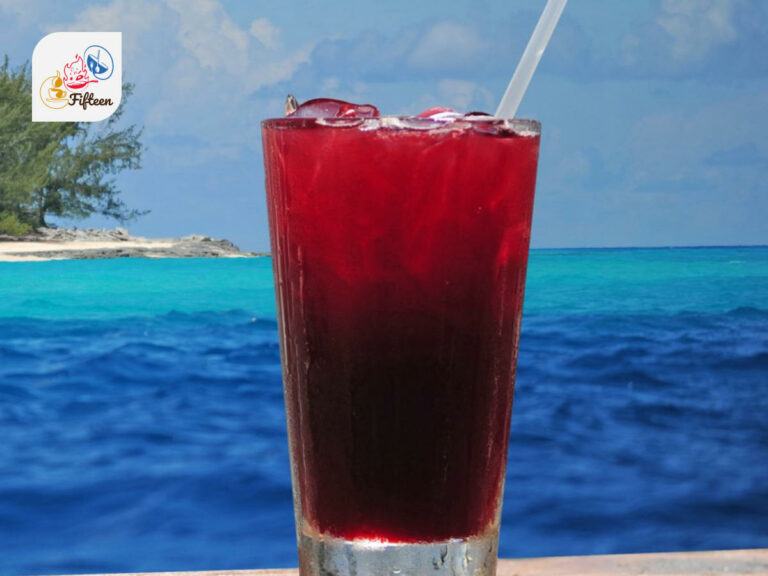
Rum Punch
Rum punch is a fruity and refreshing drink that mixes rum with various fruit juices, including orange and pineapple, and sometimes a splash of grenadine (made using pomegranate) for sweetness and color. It’s served cold, often over ice, making it perfect for hot days.
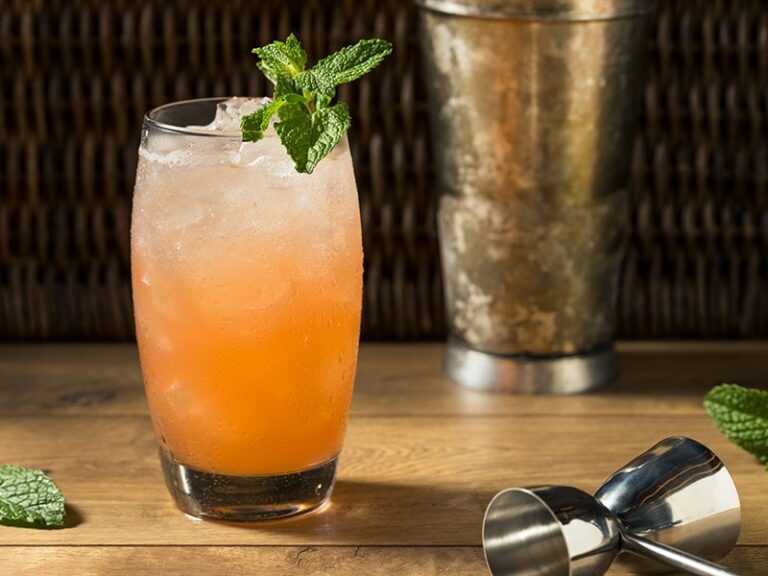
Planter’s Punch
Planter’s Punch is a sweet, tangy cocktail made with dark rum and a blend of fruit juices, typically including orange, pineapple, and a touch of grenadine. It’s known for its bright, fruity flavor and is usually garnished with a slice of fruit or a maraschino cherry.
In addition to some of these flavorful Caribbean refreshments, allow me to introduce you to some veggie options in the region to keep you from being bored of fruits.
What Are Some Popular Vegetables in the Caribbean?
These are the vegetables usually found everywhere in the Caribbean region:
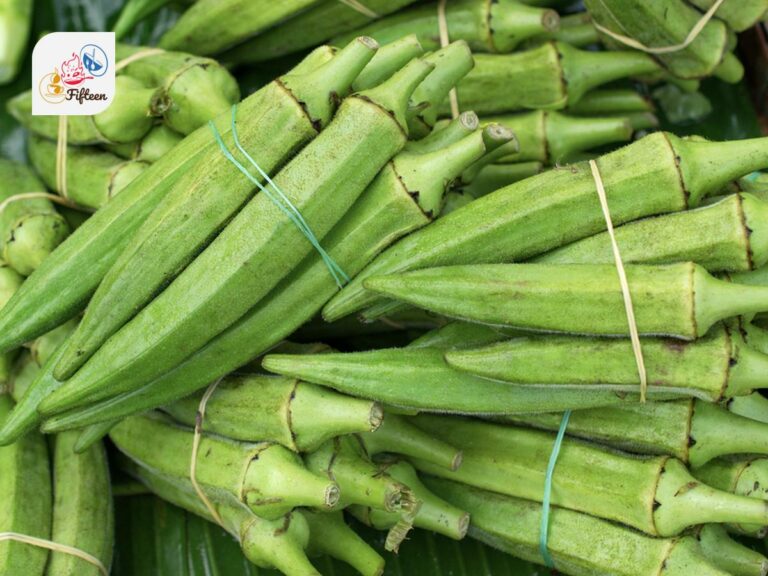
Okra
Often used in stews and soups, like callaloo, okra is valued for its texture and flavor.
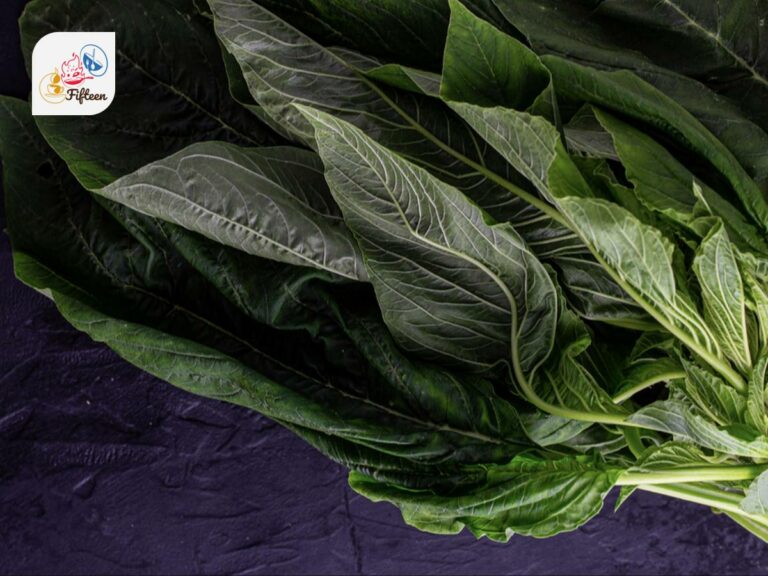
Callaloo
A leafy green similar to spinach, it’s a staple in many dishes and can be cooked on its own or mixed with other ingredients.
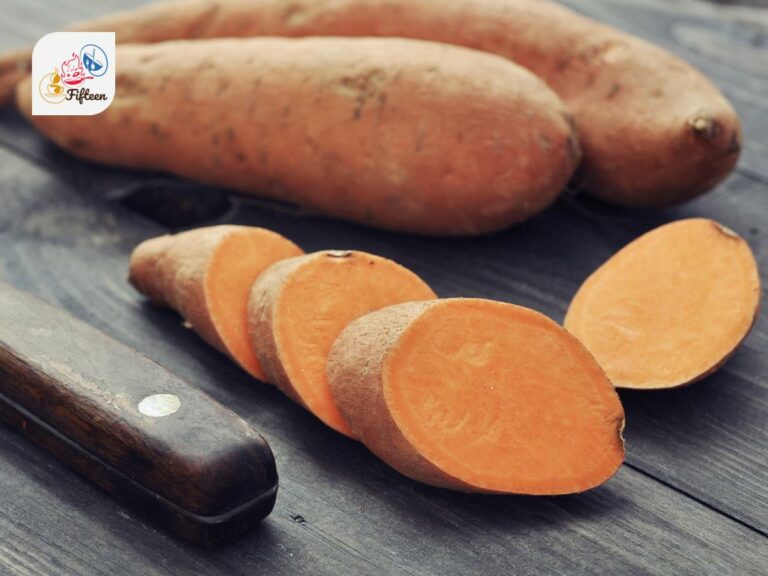
Sweet Potatoes
Versatile and nutritious, sweet potatoes can be boiled, roasted, or used in desserts.
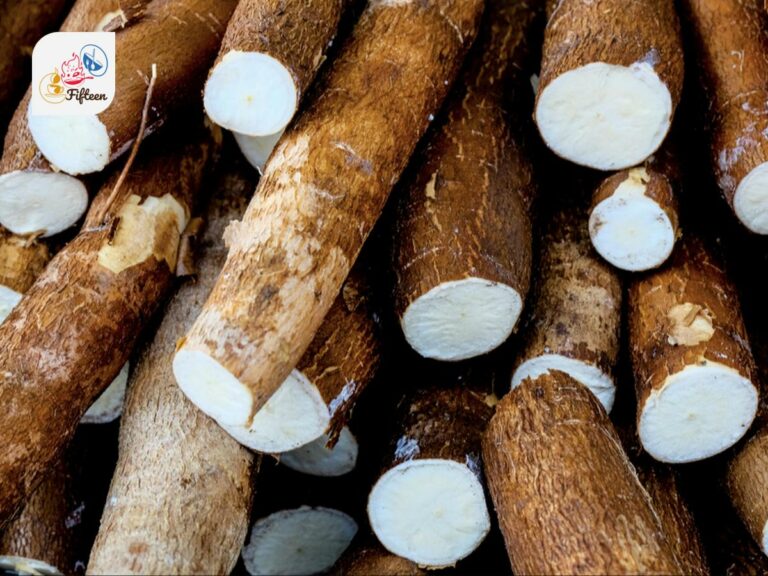
Yucca
A root vegetable that can be boiled, fried, or used to make bread and cakes.
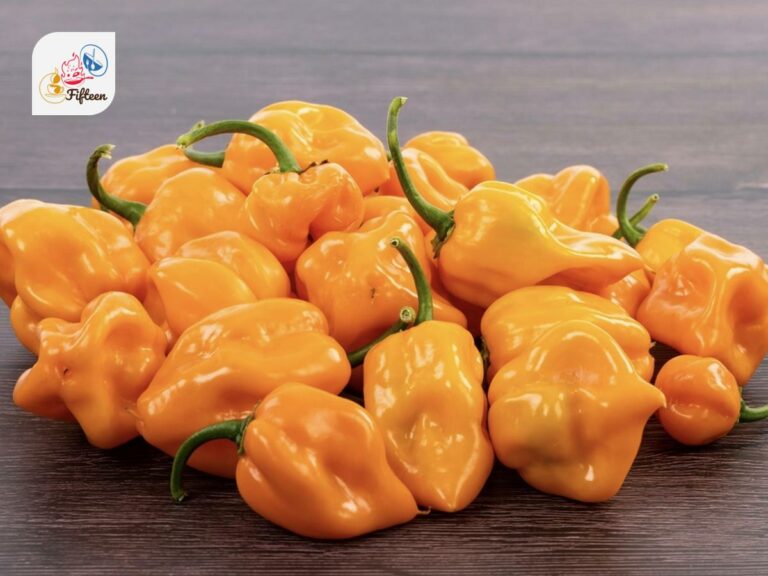
Scotch Bonnet Peppers
Known for their heat, these peppers are used to spice up many Caribbean dishes.
Next, find out the reasons that make the Caribbean fruits famous over the world’s market.
Why Are Caribbean Fruits Famous?
To learn about the factors that make Caribbean fruits famous, you should have a look at the following features:
I hope you find these Caribbean fruits fascinating. Don’t forget to share your thoughts in the common sections and make sure to spread these fruits to others too.

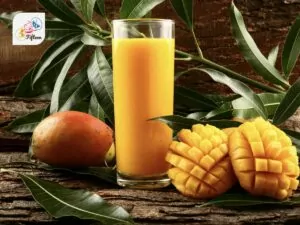
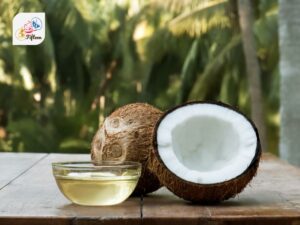
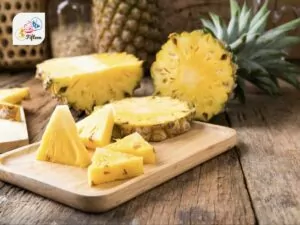
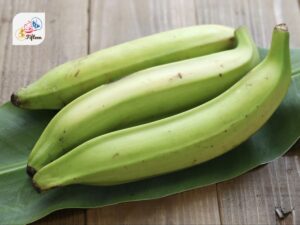
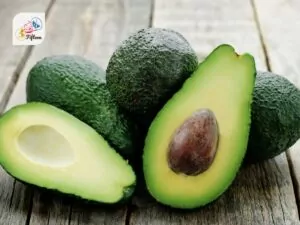
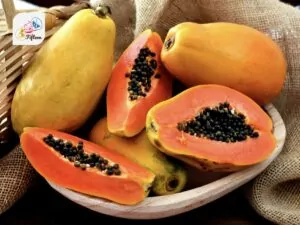
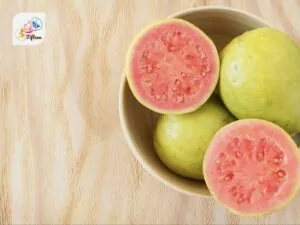
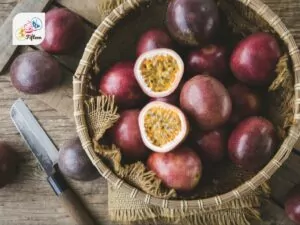
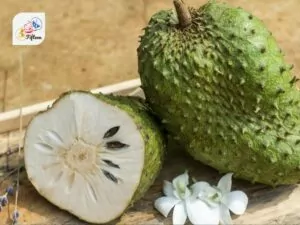
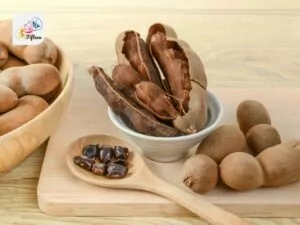
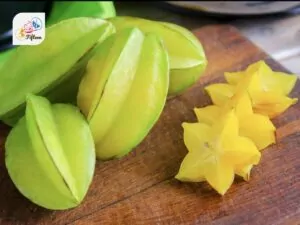
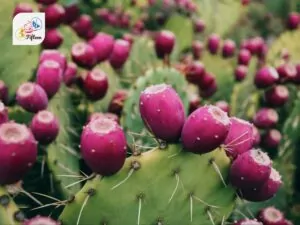
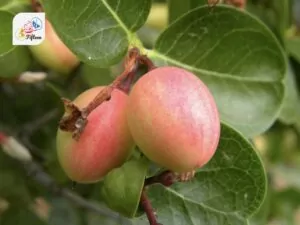
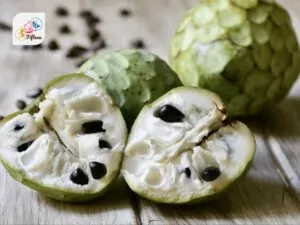
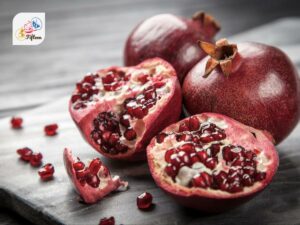
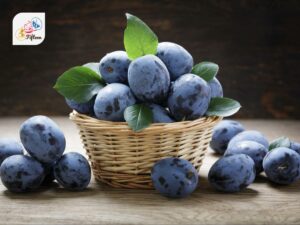
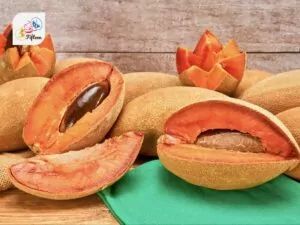
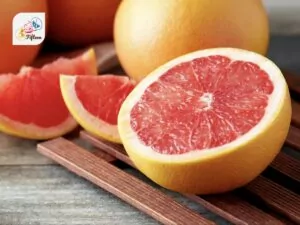
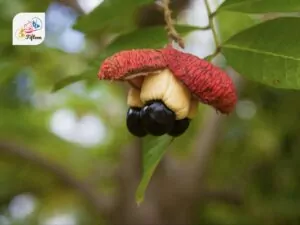
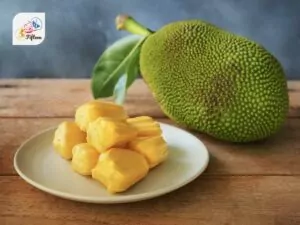
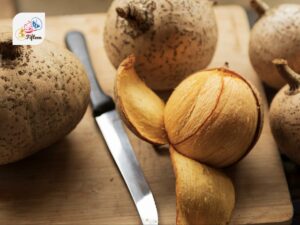
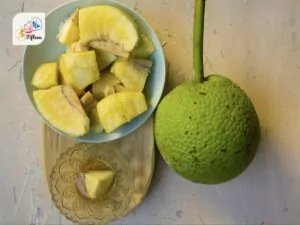
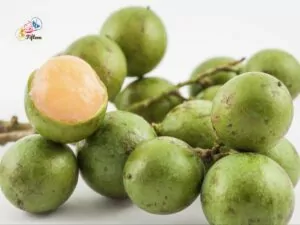
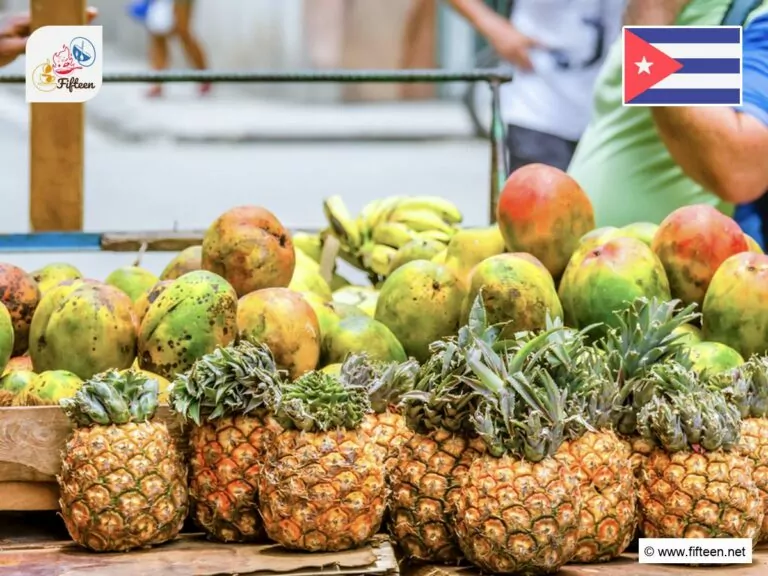
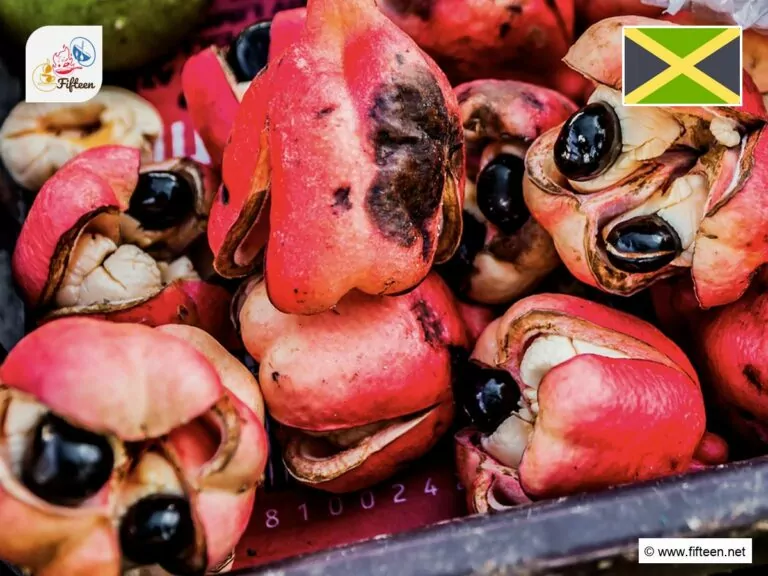
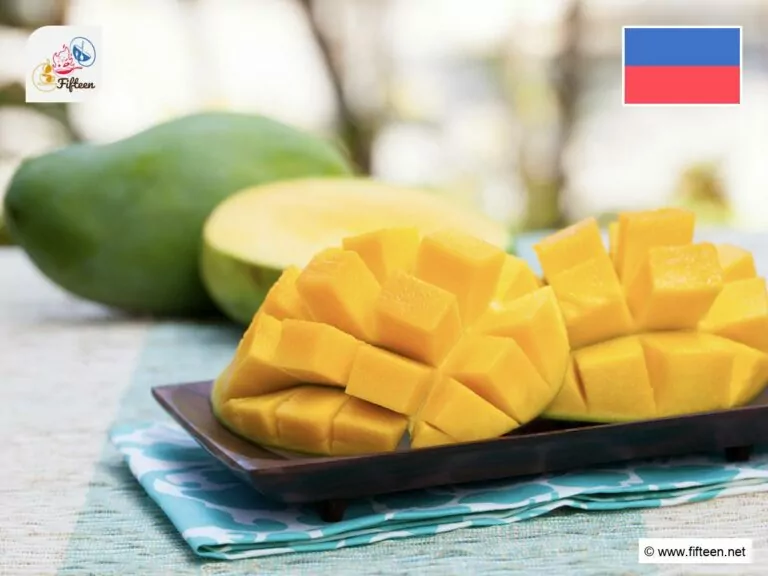
Jamie Scott
Editor in Chief, Senior Content Writer
Expertise
Home Cooking, Meal Planning, Recipe Development, Baking and Pastry, Food Editor, Cooking-video Maker, Western Food Evaluation Expert
Education
Le Cordon Bleu College of Culinary Arts
Local Community College, New York, NY
Jamie Scott is a skilled culinary expert and content creator specializing in Western cuisine. With over 15 years in the culinary field and formal training from Le Cordon Bleu, Paris, Jamie deeply understands how to blend nutrition with delicious flavors. His passion for cooking matches his commitment to making healthy eating accessible and enjoyable.
On Fifteen.net, Jamie brings a fresh perspective to classic dishes and beverages, offering readers insightful recipes, cooking tips, and a fresh view on meal planning that emphasizes taste, health, and simplicity.